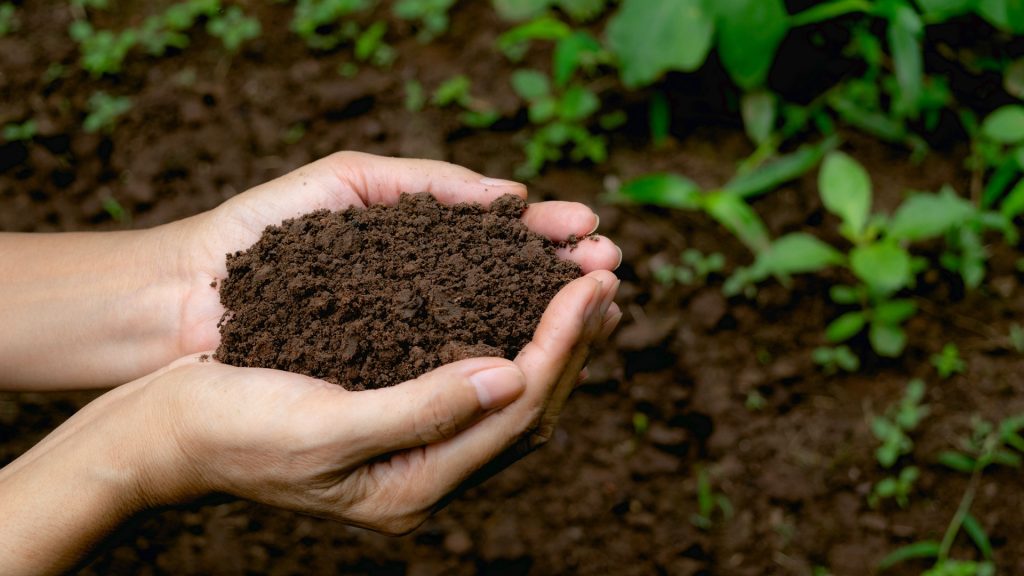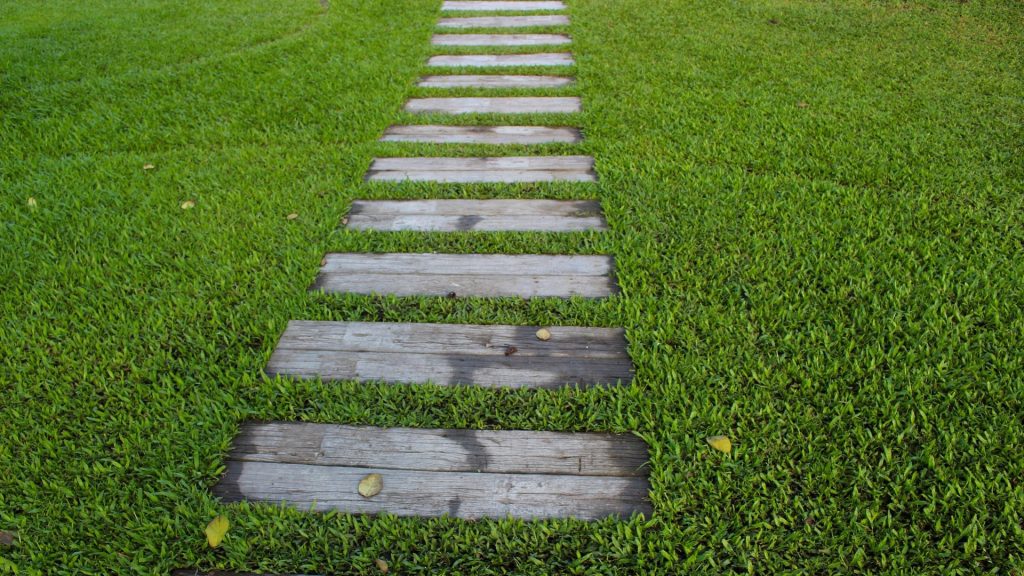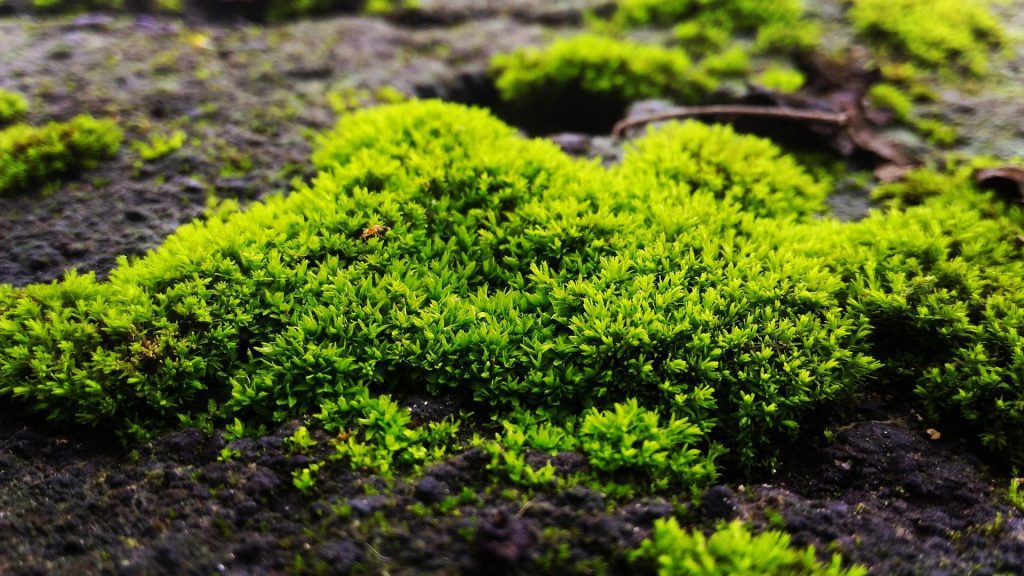
Peat Moss vs Sphagnum Moss: What’s The Difference?
If you’ve ever wanted to fast-track the growth of your garden during the spring, chances are you were advised to purchase sphagnum moss. This is a soil amendment that can help to make the soil richer and healthier.
But isn’t peat moss the same thing? Although peat moss and sphagnum moss come from the same plant, which also happens to be called sphagnum moss, they are actually quite different.
If you choose one over the other without really understanding their difference, this can cause your gardening success to stumble. So, read on to find out everything you need to know about peat moss and sphagnum moss.
GreenIQ explores their similarities and differences so you can give your soil the nutrients it needs.
Peat Moss vs Sphagnum Moss: What’s The Difference?
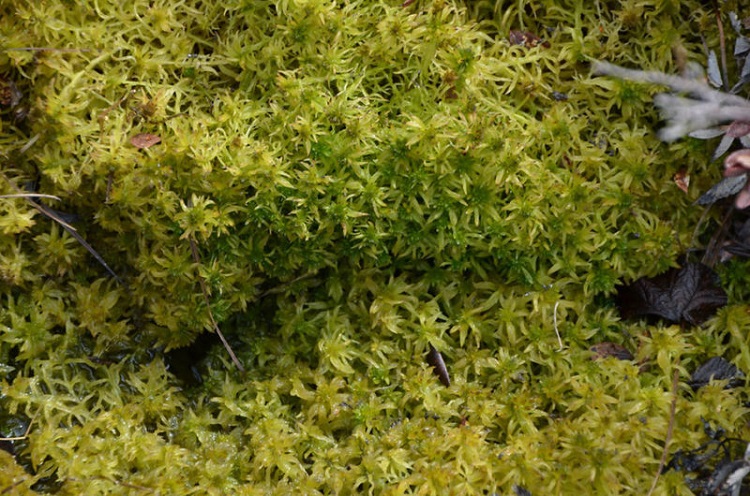
First things first, we need to define peat moss and sphagnum moss.
- Sphagnum moss is a plant that grows on the surface of a swamp or in the soil. It thrives in wet climates.
- Peat moss is a layer of decaying sphagnum moss and it takes thousands of years to form!
Let’s take a closer look at their differences when it comes to their appearance, properties, how they are sold commercially, and other categories.
Appearance
Sphagnum moss can be green, gray, or brown in color. It has a stringy texture.
By comparison, peat moss is a dark brown fibrous type of moss. It doesn’t really decompose as a result of how it’s anaerobic.
Properties
Sphagnum moss is pH neutral, it retains water, and it’s soft growing and pure moss because it doesn’t contain any other plant material in it.
By comparison, peat moss has an acidic pH and can contain up to 70 percent of water. It contains a blend of organic materials, such as decaying plant matter and moss.
How it’s sold
Sphagnum moss can be sold as long-fibered or milled moss.
Peat moss is dried before being sold. It gets compacted and compressed into bales.
Uses
There are many uses for sphagnum moss. It can be used as a seed starter or a soil addition for potting soils. It’s porous and retains water well, while also aerating the soil. Sphagnum moss doesn’t contain any weed seeds or pathogens, which makes it safe to use all over your garden.
Peat moss is usually used in potting soil and garden soils. Since it’s high in tannins and acid, it should especially be used to nourish acid-loving plants.
This type of moss is porous, which means that it allows the penetration of fine plant roots into the soil. It doesn’t contain weed seeds or pathogens.
Ecological Impact
One of the reasons why people might choose to use sphagnum moss instead of peat moss is because when peat moss is removed it can take thousands of years for it to grow again.
Bogs are drained to gain access to the peat moss so that it can be harvested. But harvesting peat moss destroys the environment.
By comparison, you don’t have to destroy the environment to harvest sphagnum moss. This is because it gets removed from a living plant.
Which One Should You Use?

If you’re still not sure if you should choose peat moss or sphagnum moss, here are some things to consider.
Peat moss is a mixture of various plants that died with the moss, but this makes it have an acidic pH. This can make it less than ideal if you need to lower the acidity of your soil.
By comparison, sphagnum moss is more versatile because it has a neutral pH. You should bear this in mind when deciding which one will better suit your current gardening needs.
That said, if you’re trying to successfully grow acidity-loving plants, then you should reach for peat moss. In addition to that, it can help you to have some peat moss in your shed because you can apply it to soil that’s too alkaline in nature, which can be useful.
And, if you’re looking for a way to better drain sandy soil, mixing in some peat moss can help because of how well it retains water.
By comparison, you should reach for sphagnum moss when you’re trying to grow indoor plants such as orchids and succulents. This is because it retains water without becoming waterlogged. You can also use this type of moss as a liner for hanging baskets. This is because it’s pliable, soft, and light.
Of course, if you’re worried about the ecological impact of peat moss, this might make you avoid using it in you can make use of alternatives so that you don’t experience green guilt.
Related Questions
What can you use instead of peat moss?
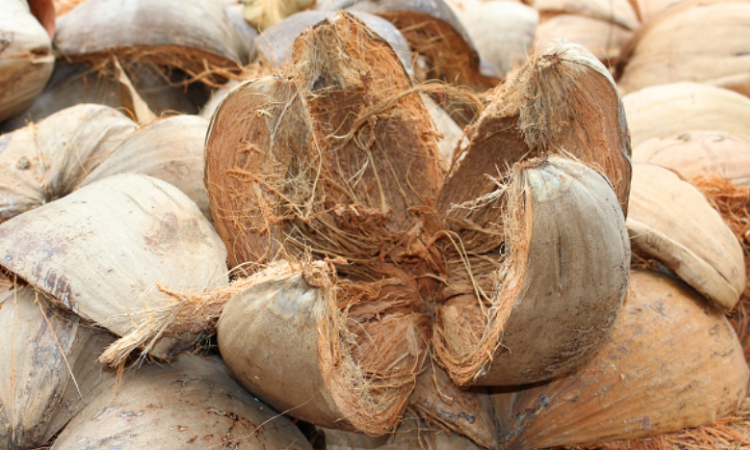
If you’re worried about peat moss’s ecological impact, there are alternatives. These include pine needles, coconut coir, composted manure, and rice hulls.
Where is sphagnum moss grown?
There are more than 350 species of sphagnum moss, and most varieties are harvested in wetlands of the northern hemisphere, such as Michigan, Canada, Scotland, and Ireland.
Conclusion
If you’ve purchased peat moss or sphagnum moss from your local garden center, you can’t just use them interchangeably because they vary quite a bit.
In this article, we’ve looked at how they compare, such as when it comes to their uses and where they come from, and when you should choose them to improve your gardening success.
Resources:
